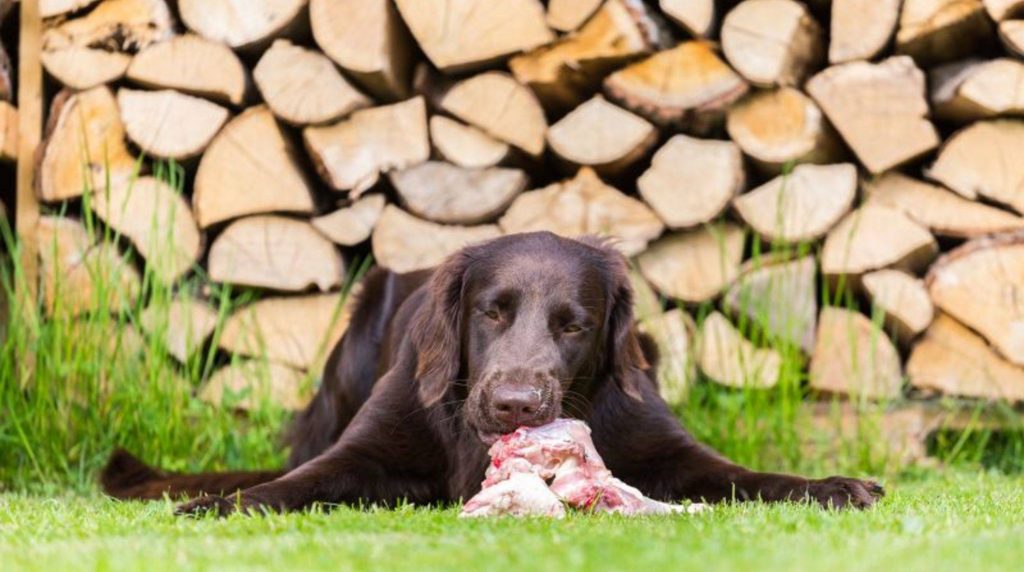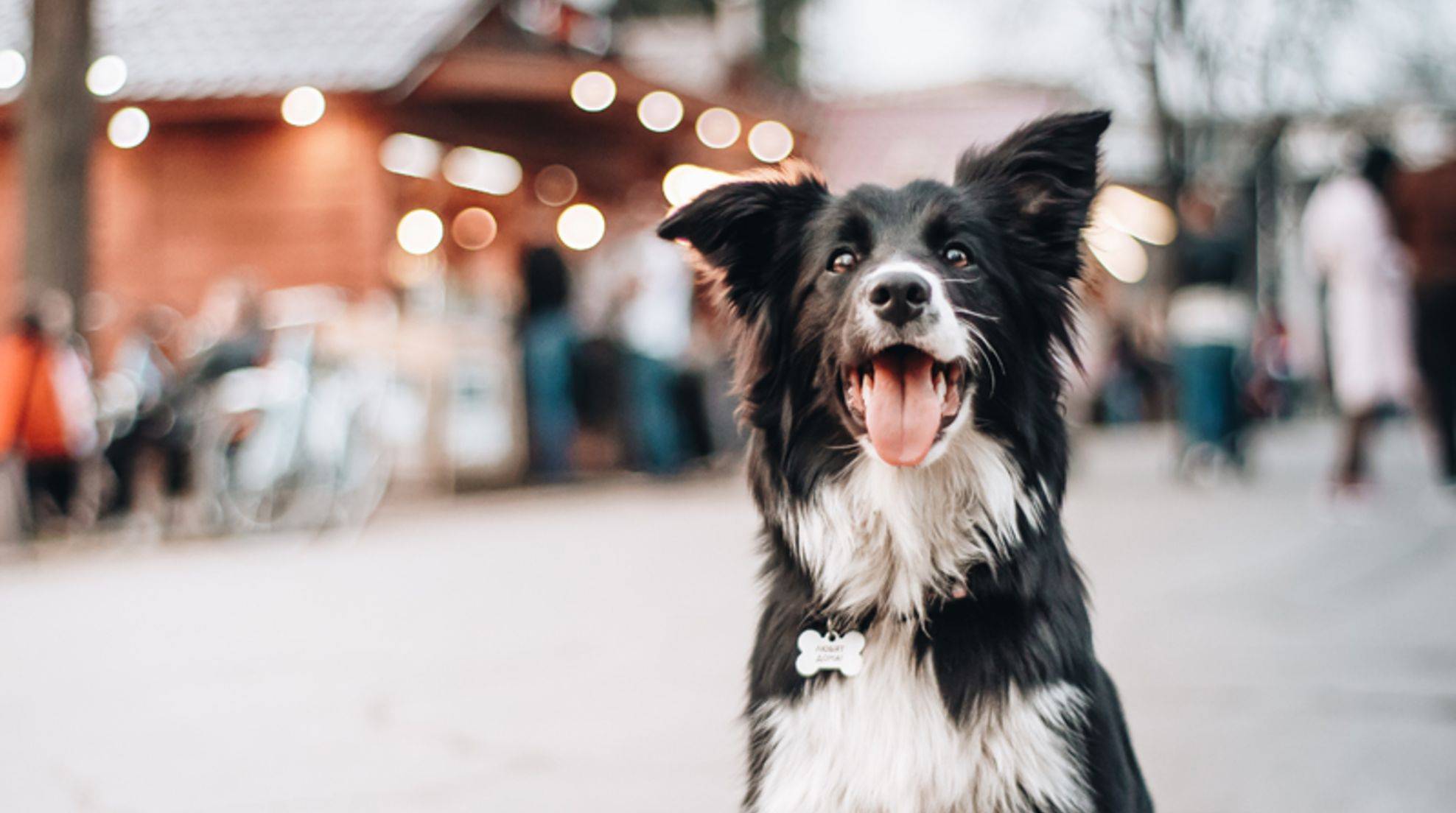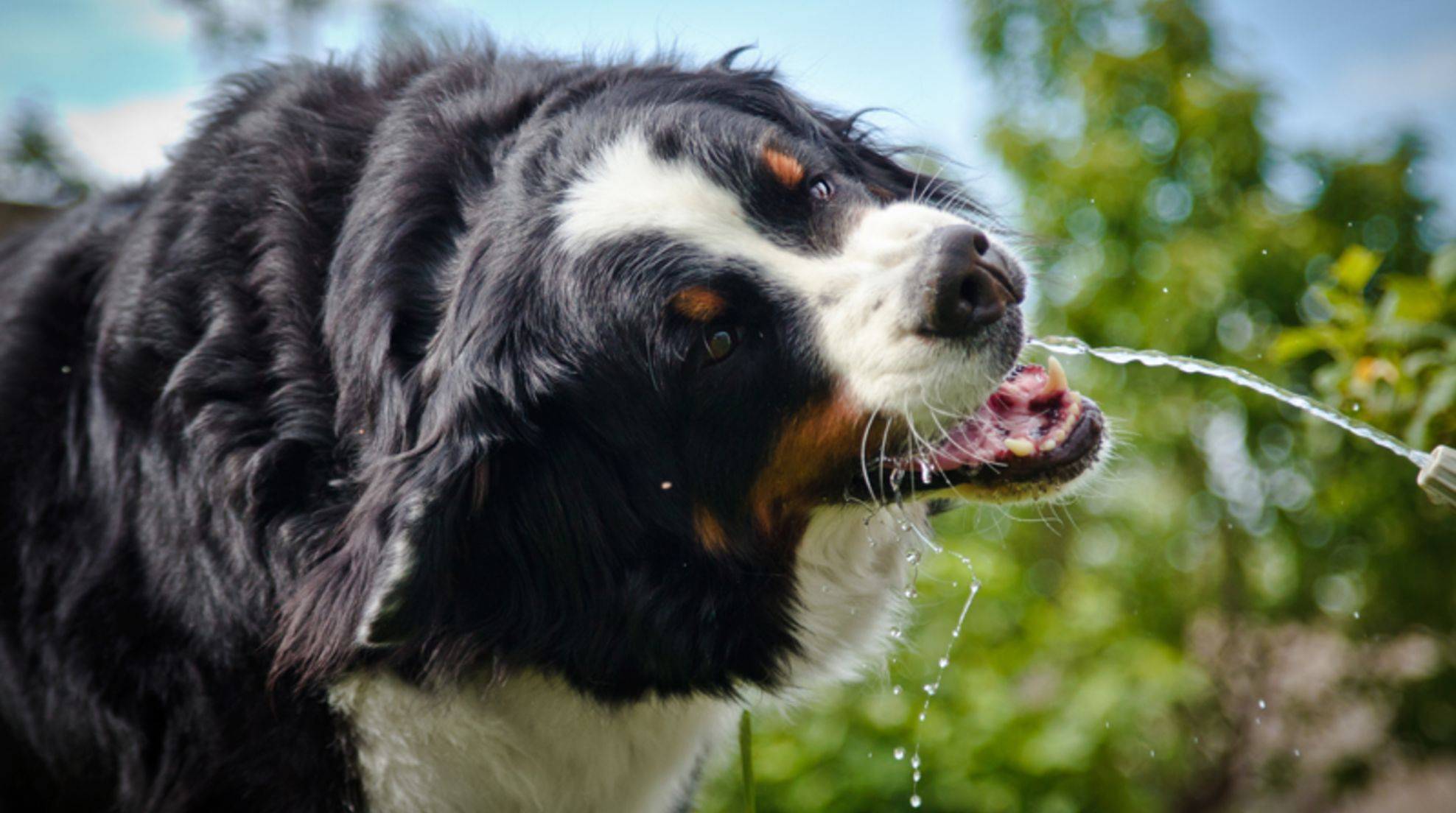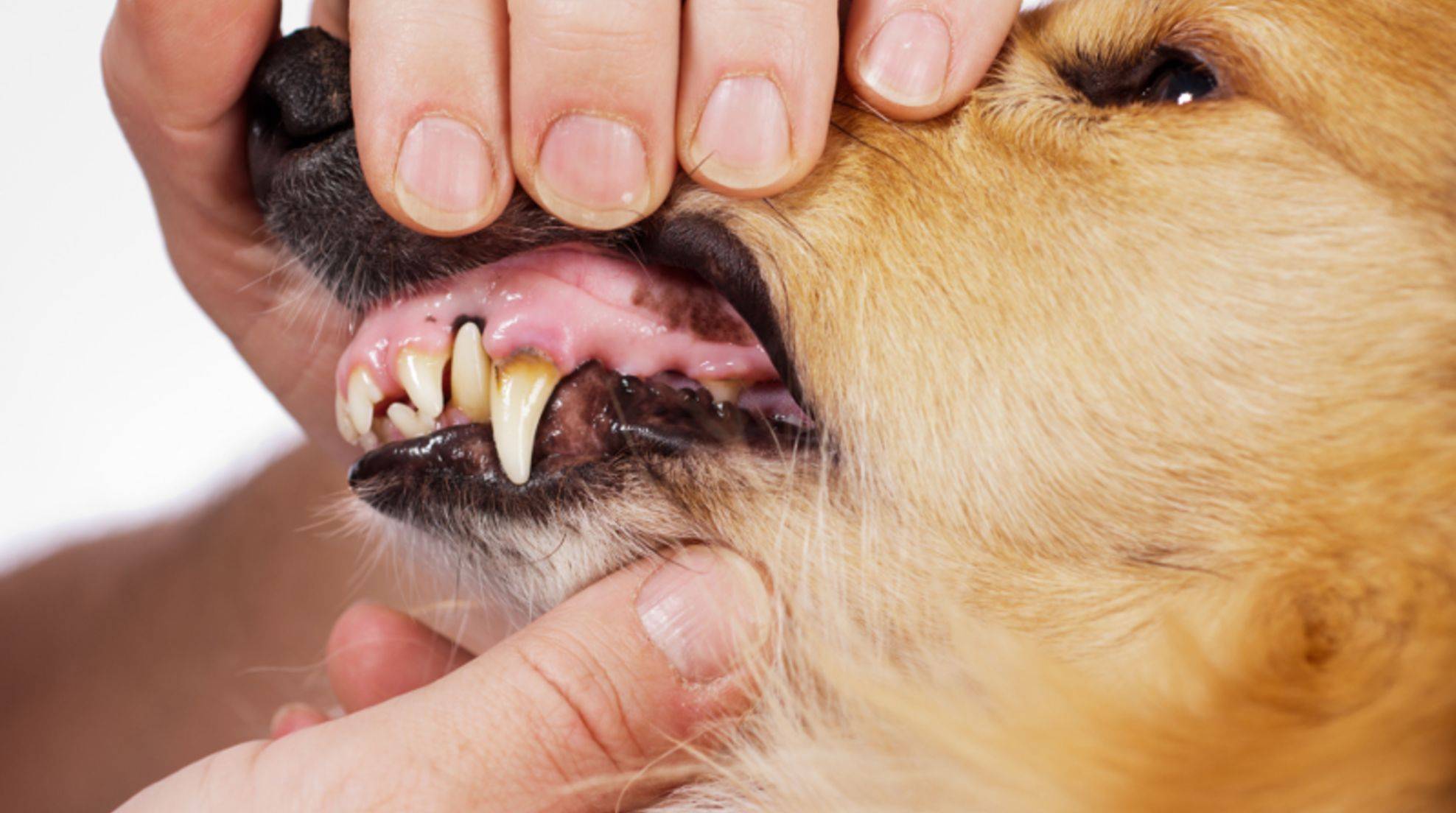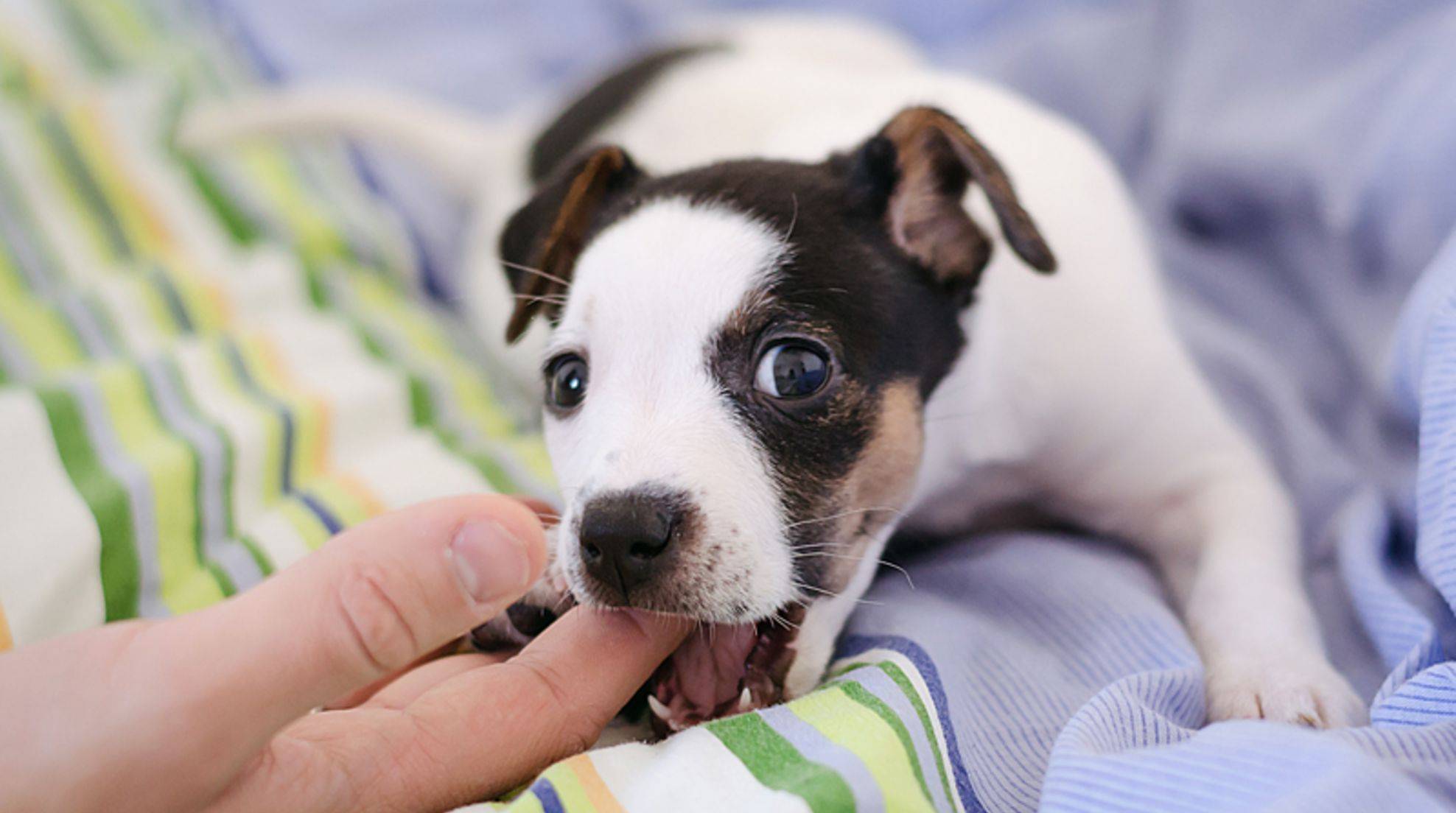Barfen with the dog: What to pay attention to when feeding fresh meat?
“Back to fresh meat” is the credo of the Barf advocates – “Barf” stands for “Biologically species-appropriate raw feeding”. But with raw meat alone it is not done with this kind of the dog nutrition. Vegetables and other foods are also included. Learn the most important tips on barfing here.
Barfen is a nutritional method for dogs, in which processed and cooked foods are completely dispensed with. Instead, mainly raw meat, bones and vegetables are on the menu. But what are the pros and cons of barfing and how do I barf properly? You will find out in the following:
What is barfing in dogs and where does the idea come from?
The nutritional trend of barfing comes from the USA. When he first appeared, can no longer be traced exactly. Originally, the abbreviation “Barf” stood for “Born-Again Raw Feeders”.
Then it was explained as “Bones and Raw Food” – “bones and raw food”. This describes the content of the feeding method relatively simply. In German, Barf is usually explained as “biologically species-appropriate raw feeding” or “biologically species-appropriate raw food”.
The basic idea behind barfing is that raw food contains more nutrients than processed ready-made food. When the food is cooked and further processed, a large portion of the vitamins and minerals are destroyed, according to the reasoning of the Barf advocates.
Barfen: What is the dog allowed to eat?
The feeding method is based on the original eating habits of wolves and other wild dogs. When barfing, the dog eats raw fresh meat – including the bones – as well as raw, pureed vegetables and fruit. Dairy products for dogs, eggs and various oils are also included in the bowl when feeding raw.
Suitable fruits and vegetables for dogs when barfing include:
● Carrots
● Fennel
● Beet
● Spinach
● Kohlrabi
● Bananas
● Apples
● Apricots
● Strawberries
What meats are suitable to barf with dogs?
Offal such as rumen and other ruminant stomachs are easily digestible, very rich in vitamins and are enthusiastically accepted by most dogs. Green rumen is particularly healthy, but it can definitely be an olfactory challenge for dog owners because of its smell. Good Barf meat is muscle meat from beef, lamb or poultry. You can also barf dogs with unusual types of meat such as horse, kangaroo or antelope.
An absolute no-go, however, is raw meat from pigs or wild boar. Cats and dogs can catch the rare but deadly Aujeszky’s disease. Offal such as liver and kidney are rich in nutrients, but should only be fed once a week, because as filter organs they also contain many harmful substances. They are also difficult to digest and can cause diarrhea in excessive amounts.
Which oil for dogs can be included in the bowl when barfing?
Certain oils and fats in the food are also important for dog health. Well-tolerated and nutrient-rich foods usually include:
● Fish oils, for example, salmon, cod or cod oil.
● Linseed oil
● Hemp oil
● Rapeseed oil
How much raw food does my dog need?
Barfing dog food consists of between 70 and 80 percent meat, bones and offal. The remaining 20 to 30 percent consists of pureed vegetables and fruits. An adult dog needs 2 to 3 percent of its body weight in food per day, spread over several servings. So a 20-pound dog should get 400 to 600 grams of food a day.
However, to be on the safe side, consult your veterinarian before changing your dog’s diet. He can help you calculate the right amount of food for your dog. The vet can also tell you how much energy and what nutrients your dog needs. Because unlike canned food, with barfing you need to know yourself exactly how much energy the food provides and what nutrients it contains.
Tip: Consult your vet before barfing.
However, there is also criticism of the method: some veterinarians suspect that Barfen can trigger deficiency symptoms, gastrointestinal problems and other health complaints. They see the difficulty in the individual portioning of the individual nutritional components depending on the needs of the dog.
To be on the safe side, you should therefore only start barfing after consulting your vet. This can give you not only general tips on fresh meat feeding, he also knows what exactly your darling needs. After all, the food must be adapted to the dog breed, age and, of course, the dog’s state of health.
Supporters of this method of nutrition often list the following as advantages:
● Barf is a species-appropriate dog nutrition: Barfen corresponds to the evolutionary origin of the dog. This is because the feeding method is close to the diet of wolves, the ancestors of the four-legged friends.
● Only healthy ingredients in the food: The owner knows exactly what ends up in the dog bowl when barfing. No unnecessary chemicals, no waste products and no flavor enhancers.
● Less feces thanks to barf: Compared to dry and wet food, dogs can digest raw meat better. This means there are not as many waste products and the amount of feces is reduced.
● Healthy digestion: Barf can also contribute to healthy dog digestion. Flatulence, for example, can be alleviated or even avoided in the long term as a result.
● Dog smells better: If you do everything right when barfing, your dog gets all the nutrients it needs and no unnecessary additives. This makes his coat more beautiful and the typical dog smell is less intense.
● Barfing is good for dental health: bones, which are an integral part of barfing, act as a kind of teeth cleaning. In this way, tartar, gingivitis and bad breath can be prevented.
Barfing dogs for beginners: How do I barf correctly?
You would like to barf your dog, but you don’t know exactly how to start feeding raw meat? Here are five useful tips on how to convert your four-legged friend to the BARF method.
- make yourself smart before
Before you start barfing, thoroughly inform yourself about the nutritional requirements of your four-legged friend and the process of dog digestion. In addition, you must be well versed in the hygiene of meat purchasing and meat storage.
If your dog requires a special diet due to an illness or particularly physically demanding activities, you should also take this into account. It is best to talk to your veterinarian about this.
- allow enough time
Take your time for the change of diet. On the one hand, your four-legged friend must first get used to the new food. On the other hand, barfing also requires some effort. You now have to regularly buy raw meat for your dog, store it properly and prepare it.
- inform about individual nutrient requirements of the dog.
Also, find out about your dog’s nutritional needs. This will help you choose the right meat, dairy products, eggs, vegetables and fruits for raw feeding. It may be necessary in some cases to supplement the barf with additives. For example, if your dog does not tolerate certain foods or has a certain chronic disease. Then there may be an increased nutritional need.
- feed bones with caution
Wild wolves like to gnaw on any kind of bone or suck out the marrow, but you should only serve your dog selected high-quality bones. Bones from young animals that are non-porous and do not splinter are especially suitable for barfeeding. Chicken bones, on the other hand, should never be fed, as they splinter and can easily injure your dog.
- control the digestion
When you have first started to barf your dog, you should definitely keep an eye on his digestion. If he tends to have diarrhea after the change in diet or if the feces are too hard, you should consult your veterinarian. Continue to observe your four-legged friend even after the successful change of diet. If anything seems unusual, your veterinarian can always help you.
However, if your dog seems healthy and lively after the change to barfing, has a shiny coat and shows no other abnormalities in his physical condition and behavior, you have done everything right.

